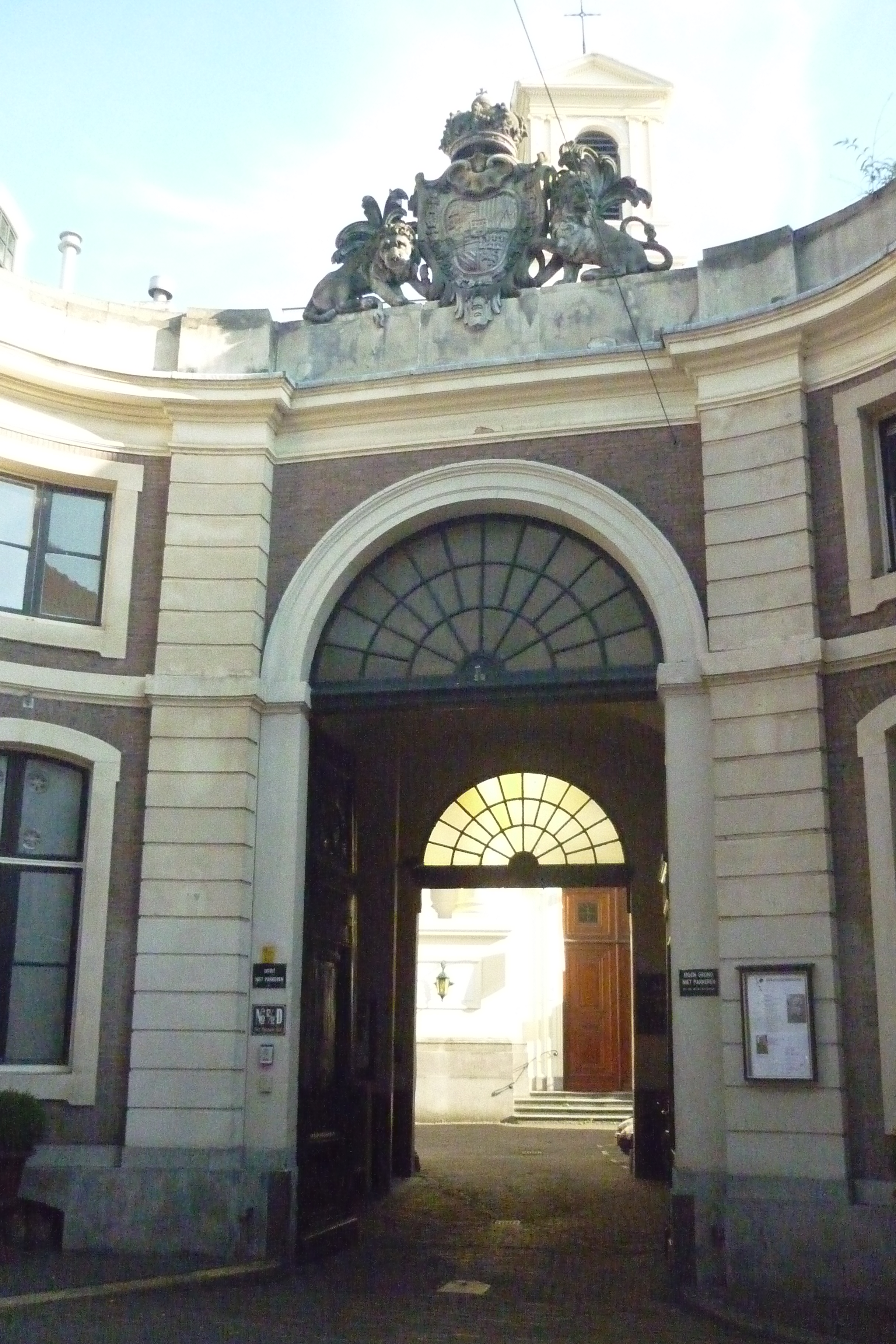1. Overview
Sir Richard Adam Sykes, born on May 8, 1920, was a distinguished British diplomat who served as the Ambassador of the United Kingdom to the Netherlands. His career in Her Majesty's Diplomatic Service spanned over three decades, with postings in various key international locations. Tragically, he was assassinated by the Irish Republican Army (IRA) in The Hague on March 22, 1979. The attack, which also claimed the life of his Dutch companion, Karel Straub, was later claimed by the IRA as retaliation for Sykes's alleged involvement in intelligence operations against their organization.
2. Early Life and Military Service
Richard Sykes's early life and education laid the foundation for his distinguished career, which was interrupted by service during the Second World War.
2.1. Early Life and Education
Richard Sykes was born on May 8, 1920, as the son of Brigadier A. C. Sykes. For his education, he attended Wellington College before proceeding to Christ Church at the University of Oxford.
2.2. Second World War Service
During the Second World War, Sykes served in the British Army from 1940 to 1946. He was part of the Royal Signals and achieved the rank of major. In recognition of his service, he was awarded the Military Cross and the French Croix de Guerre in 1945.
3. Diplomatic Career
Sykes embarked on a prolific diplomatic career, serving in numerous posts around the world and within the Foreign and Commonwealth Office before his final appointment as Ambassador to the Netherlands.
3.1. Early Diplomatic Posts (1947-1969)
Richard Sykes joined Her Majesty's Foreign Service in 1947. His initial assignments included serving at the Foreign Office from 1947 to 1948. He then held overseas postings in Nanking from 1948 to 1950 and Peking from 1950 to 1952. Following these assignments, he returned to the United Kingdom to work at the Foreign Office again from 1952 to 1956. His subsequent overseas roles took him to Brussels (1956-1959), Santiago (1959-1962), and Athens (1963-1966), after which he returned to the Foreign Office for another period from 1967 to 1969.
3.2. Major Overseas Ambassadorial and Other Posts (1970-1979)
Sykes's first appointment as an ambassador was to Havana, Cuba, where he served from 1970 to 1972. He then transitioned to a ministerial role at the British Embassy in Washington D.C. in the United States from 1972 to 1975. After this, he returned to the Foreign Office, serving as Department Under-Secretary between 1975 and 1977. His final diplomatic posting came in 1977 when he was appointed as the British Ambassador to the Netherlands.
4. Assassination
Sir Richard Sykes's life ended violently in an attack that also killed his companion, perpetrated by the IRA.
4.1. The Attack
On March 22, 1979, at approximately 9:00 AM, Sir Richard Sykes was leaving his residence in The Hague, Netherlands. As he was getting into his silver Rolls-Royce limousine, he was shot. He was accompanied by Alyson Bailes and the car door was being held open by Karel Straub, a 19-year-old Dutch national who worked at the embassy as Sykes's valet. Straub was also shot during the attack.

Sykes's chauffeur, Jack Wilson, remained uninjured and immediately drove Sykes to Westeinde Hospital, where the Ambassador died two hours later. Karel Straub was transported to the same hospital by ambulance, where he also succumbed to his injuries. Police reports indicated that the shots, a total of eight, were fired from approximately 10 yd away by two men dressed in business suits, who subsequently escaped on foot. Later that same day, André Michaux, a senior bank official from Belgium, was murdered outside his home in Brussels in a case of mistaken identity. It was believed that Sir John Killick, the British Deputy Ambassador to NATO, who lived opposite Michaux, was the intended target of the IRA in that incident.
4.2. Background and IRA Motives
While initial speculation regarding the perpetrators of the assassination briefly considered Palestinians or Iraqis, no evidence supported these claims. It was ultimately confirmed that the IRA was responsible for the killings. In February 1980, the IRA formally claimed responsibility for the assassination. In their statement, they asserted that Sykes was targeted "not just a Brit propagandist, as are all British ambassadors, but because he had been engaged in intelligence operations against our organisation."
The "intelligence operations" mentioned by the IRA referred to a government report that Sykes had compiled following the assassination of Christopher Ewart-Biggs. Ewart-Biggs, the British Ambassador to the Republic of Ireland, had been killed by the IRA in 1976. As part of his report, Sykes had produced comprehensive diplomatic security guidelines. Furthermore, Sykes's tenure as Ambassador to the Netherlands had been complicated by the activities of certain Dutch groups sympathetic to the IRA, which were involved in arms smuggling activities, adding to the strained diplomatic situation.
5. Personal Life
Sir Richard Sykes was married to Ann, Lady Sykes (née Fisher). Together, they had three children. Lady Sykes passed away in 2018.
6. Memorials
A memorial plaque dedicated to Sir Richard Sykes can be found in St Michael's Church, located in Wilsford, Wiltshire, England.